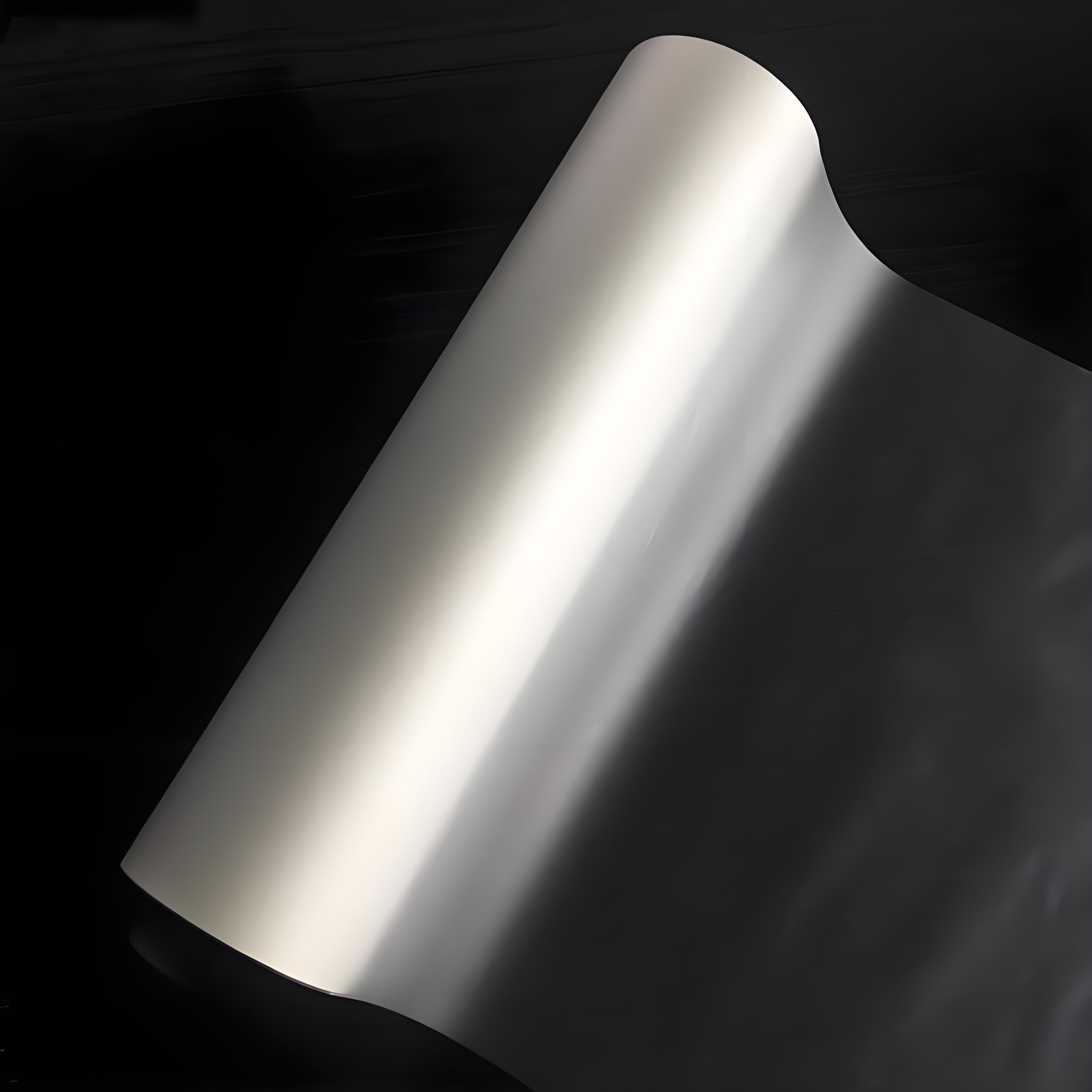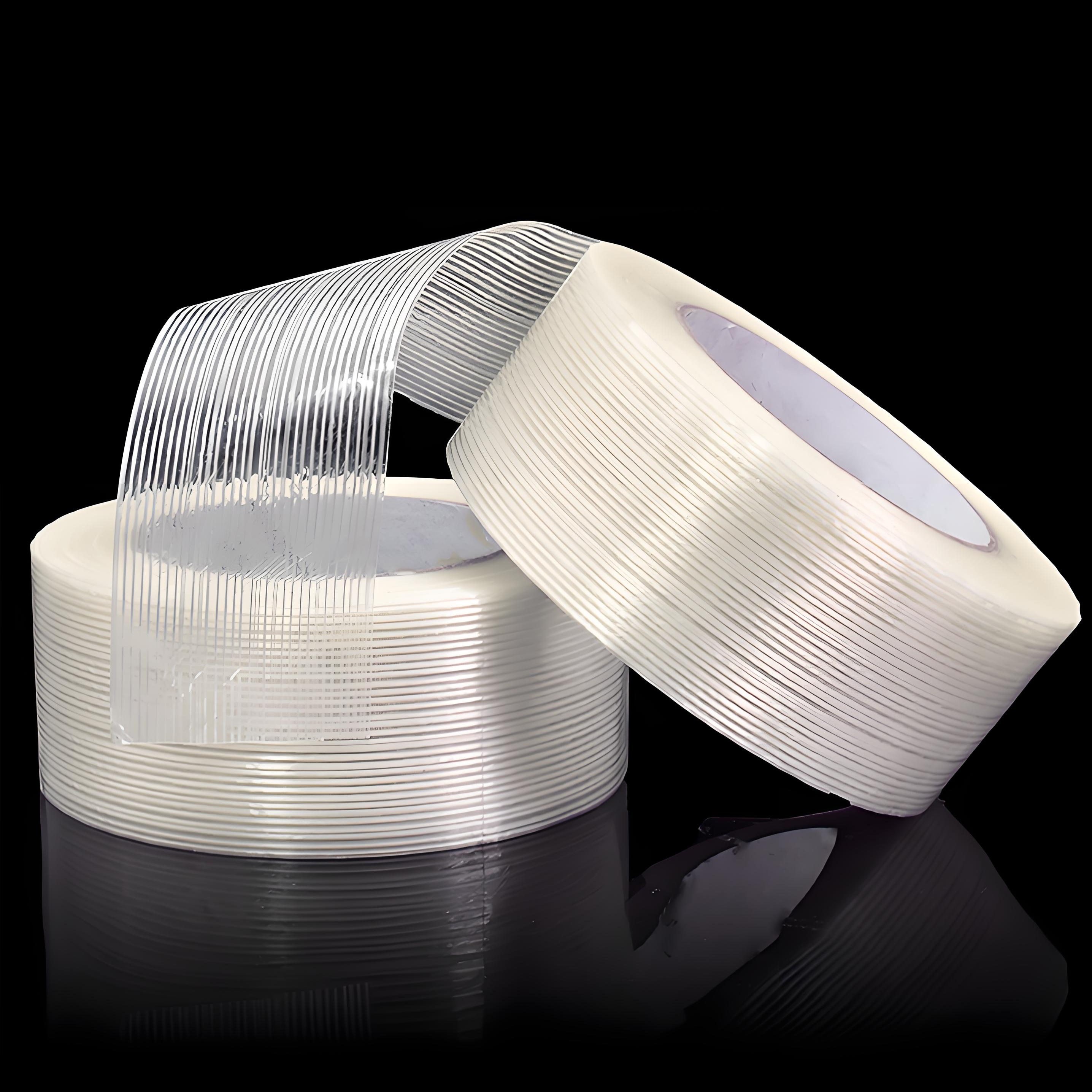Tesla is about to unveil a new generation of humanoid robots
Jan 15,2025

Recently, Tesla CEO Musk revealed in an interview the company's third generation of humanoid robot Optimus the latest mass production planning. According to the plan, Tesla will increase the production of humanoid robots to 50,000 to 100,000 units in 2026, and will increase by 10 times to about 1 million units in 2027.
Based on the basic calculation that each humanoid robot is equipped with an average of 2kWh battery capacity, the lithium battery demand of Tesla humanoid robots is expected to break through 5GWh by 2027.
Humanoid robots put unique performance demands on lithium batteries. As the "strong heart" of robots, lithium batteries need to meet multiple requirements such as high energy density, high power, high magnanimity, high safety and long life.

Although it accounts for only 1-2% of the core parts list, because humanoid robots pay much more attention to performance requirements than price sensitivity, battery products in this field have a high value, which is expected to bring considerable revenue and profit margins for battery companies.
At present, the application scenarios of humanoid robots are prioritized in industrial manufacturing. In addition to carrying 50-70kg of self-weight, humanoid robots also need to have a load capacity of 20-40kg. This requires the battery to have a discharge rate of more than 2-3C to support frequent action needs.
However, the mainstream humanoid robot needs a single charge life of 4-6 hours, often through the rotation of two sets of batteries, in order to meet the continuous work needs of nearly 20 hours in industrial scenarios.
From the perspective of system architecture, the current lithium-ion battery for humanoid robots generally uses 48-58V system voltage, which is mainly based on the battery pack structure of 13-16 series 3-9. In the related patent, Tesla demonstrates an innovative solution that integrates the robot's computing system heat dissipation with the battery Pack heat dissipation system to address the heat dissipation challenge caused by high frequency action.

Although the industry has not yet formed a unified performance standard for lithium batteries for humanoid robots, battery companies are actively exploring innovative solutions.
On the material side, companies are beginning to apply cutting-edge technologies such as solid electrolytes, highly doped silicon negative electrodes, and new electrolytes to this field. SES AI released a new generation of 2170 cylindrical batteries at CES 2025 using a high content of silicon-based negative electrode materials, with its self-developed "molecular universe" electrolytic liquid system, effectively solving the problems of life decay and rate performance caused by silicon negative electrodes.
The 21NCM35 robot semi-solid lithium-ion battery pack launched by Changhong Energy has shown excellent performance, and can still achieve 15A discharge under the low temperature condition of -40℃, the capacity efficiency is maintained above 90%, and the system energy density reaches 250Wh/kg. The company's products have begun to batch supply to some robot and robot dog manufacturers.
Some point out that companies such as Tesla may be inclined to use their existing supply chain of automotive power batteries, which brings opportunities for related companies. However, the competitive landscape of the humanoid robot battery market is still in flux, and there are still opportunities for new players to enter.

In terms of process innovation, the application of all-pole technology in the production line of cylindrical batteries below 4 series is becoming more and more mature, and the yield has exceeded 98%, and it has also promoted the improvement of the performance of small cylindrical ratios.
It is worth noting that with the trend of accelerating the replacement of small cylinders by 3-series large cylinder batteries in the fields of two-wheeled vehicles and portable energy storage, this emerging battery technology route may also obtain application opportunities in the field of humanoid robots by means of cost-effective advantages.
At the same time, upstream equipment manufacturers are also actively layout. Recently, coating equipment manufacturer Mannst and domestic humanoid robot head enterprise Yushu Technology reached a strategic cooperation, and its high-precision slits coating die technology is not only applied to traditional lithium battery production, but also shows innovative prospects in the field of robot "electronic skin" (flexible sensor) preparation.
Looking to the future, with the acceleration of the layout of Tesla and other head companies, the humanoid robot industry is expected to become another important scene to promote lithium battery technology innovation and achievements after new energy vehicles.
source:高工锂电(微信公众号)
Related News









